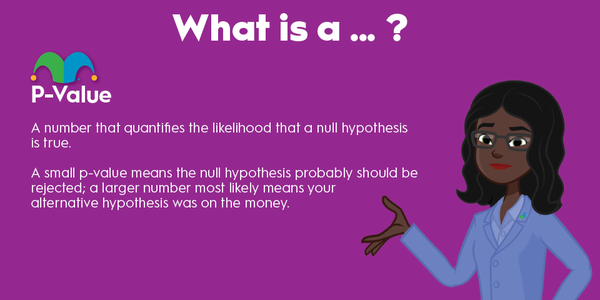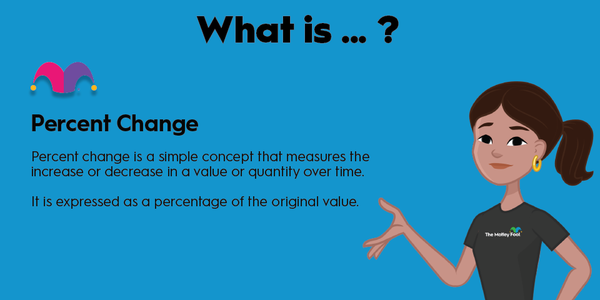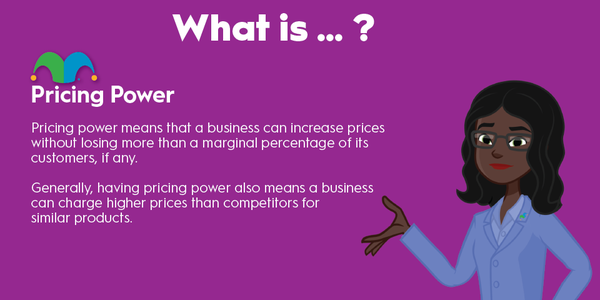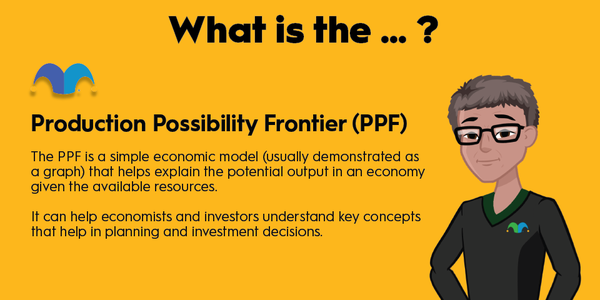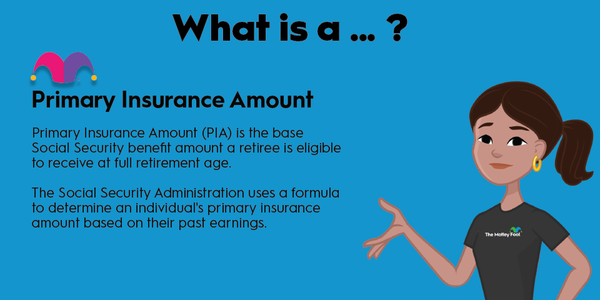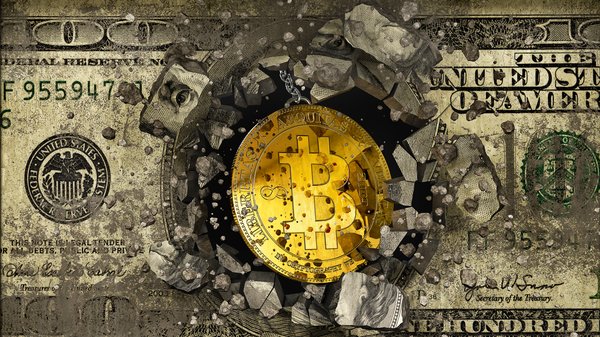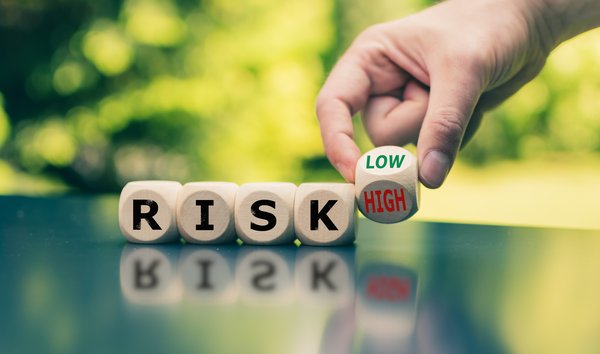If you’re an investor, you’ve certainly come across the concept of price per share. Everything you buy has a cost, but understanding what influences the cost of a stock can help make you a better investor.

What is price per share in stocks?
What is price per share in stocks?
Simply put, price per share in stocks is the price you pay to purchase one share of a stock. If company XYZ, Inc. has shares at $30 each, the price per share of that stock is $30. It might seem like a very simple concept, but the way that those prices are determined and the forces that change them are complex.
It’s very important to note that a high price per share for a stock isn’t necessarily bad, and a low one isn't always good. A high stock can always double, just like a cheaper stock can crash entirely. There are other issues outside of the health of the business that also happen to influence the price per share, like stock splits and market sentiment.
Price per share and market capitalization
Price per share and market capitalization
When considering the price per share of a stock, you should also always look at the market capitalization of the company. Market capitalization, sometimes just called “market cap” reflects the value of all the company’s outstanding common shares of stock taken together. It’s an excellent indication of company size, which is why companies are divided into descriptive buckets like small cap, mid-cap, and large cap, among others.
The price per share of a stock is meaningless by itself without knowing the company’s market cap. If company XYZ, Inc.’s $30 stock is one of 1 billion, the company’s market cap is $30 billion, making it a large cap stock. If company ABC, Inc. also has $30 stocks, but only 1 million shares, it’s absolutely miniscule by comparison, a micro-cap stock with $30 million in market cap. The large caps are less likely to see sudden huge gains (though some certainly do), but the micro-caps are far larger gambles for a long-term investing mindset.
Stock splits and reverse splits
Stock splits and reverse splits
Companies can directly affect the price of their stocks through stock splits. These are events where the company declares a different number of shares will exist from a certain point forward. Usually it’s expressed as an integer-for-integer split, like a 5-for-1 split or a 1-for-3 split.
In standard stock splits, your single share will be converted to multiple shares, lowering the entry point for new investors. So, if you own XYZ, Inc. and it decides to offer a 5-for-1 split, your stock holdings will remain the same, though you’ll have more shares, and the price per share of each stock, including the newly minted ones, will go from $30 to $6.
However, if ABC, Inc. is struggling to attract investors, it might do a reverse stock split, where it combines stocks to artificially push up price per share. If it did a 1-for-2 split, each stock share would go from $30 to $60, making it look very impressive, indeed. Be very careful with companies that are doing reverse splits and understand why they’re doing them before buying.
Factors that affect price per share
Factors that affect price per share
There are a number of factors that can affect price per share -- too many to list here -- but a few that are almost universal include:
- Buying and selling. Stocks rise in value when a lot of people are buying and they fall when a lot of people are selling. Demand drives the price per share of stocks on the stock market.
- Stock splits. Discussed above, stock splits and reverse stock splits are the only way for companies to directly influence the price of their stocks.
- Earnings reports. Good earnings reports tend to encourage people to buy stocks in a company, which will increase their price per share, at least temporarily. To keep the price per share up, the company will have to continue to perform well.
- Healthy financials. Financial statements are the true currency of investing. If a company has financial statements that look healthy, reflect good business practices, and indicate that the company is generally moving in a positive direction, investors will be happy to keep buying shares, which will drive stock prices up. The inverse is also true.
- Industry news. Humans are extremely vulnerable to the ebb and flow of industry news, so even if your favorite stock looks healthy on paper, its value could drop simply because of industry news that’s unflattering, temporarily scary, or otherwise potentially negative. The same can be said for good industry news, even if it’s not good news about your company in particular.
- Economic reports. Right now, we’re really feeling the effects of economic news in the markets. Just because a company’s stock fluctuates on the potential for rising interest rates doesn’t mean that it’s bad or good; all it means is that investors in that particular company feel that a new economic report could have an effect at some point.
Federal Reserve
For example, the Job Openings and Labor Turnover Survey (JOLTS) report is often in the news. This indicator of the health of the job market can influence the Federal Reserve’s willingness to raise interest rates, which can make investors very nervous -- nervous enough to pull out of stocks that they love and are otherwise sound, and move their money to more sure things, like bonds, which inevitably will drop the price of those stocks.





